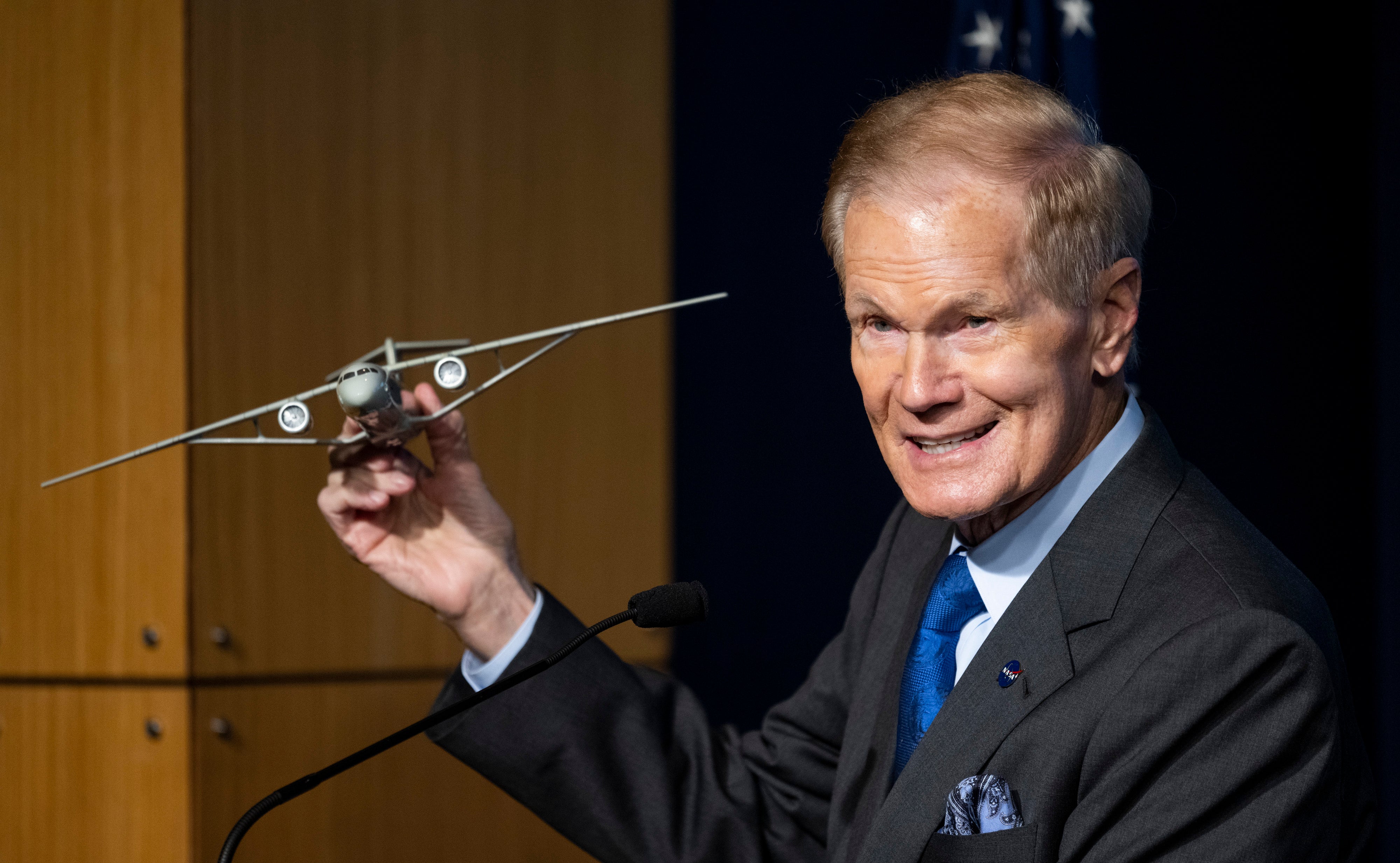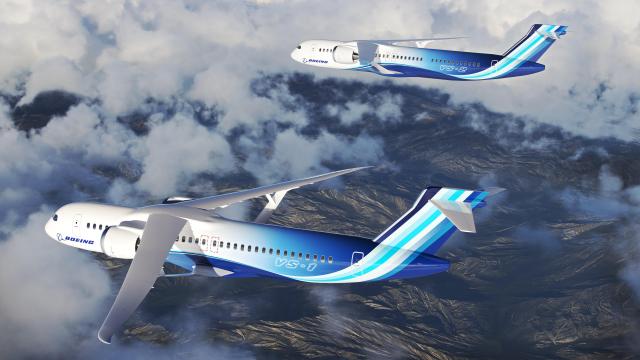NASA will invest $US425 ($590) million to help Boeing develop a demonstrator aircraft for its Transonic Truss-Braced Wing design, which the space agency hopes will improve the fuel efficiency of commercial aviation.
In a press conference yesterday, NASA officials said a flight test of the aircraft is planned for 2028.
“It’s our goal that NASA’s partnership with Boeing to produce and test a full-scale demonstrator will help lead to future commercial airliners that are more fuel efficient, with benefits to the environment, the commercial aviation industry, and to passengers worldwide,” NASA Administrator Bill Nelson said in an agency release. “If we are successful, we may see these technologies in planes that the public takes to the skies in the 2030s.”
The Boeing aircraft’s design looks, at a glance, like a traditional commercial jet. But has long, thin wings that reduce the craft’s overall weight. The wings’ thinness requires them to be supported from below by trusses. The design should also reduce the aircraft’s drag in the air.
Taken together, these innovations should reduce the aircraft’s fuel consumption by about 30% compared to the most fuel-efficient single-aisle aircraft today, according to NASA.

Boeing is developing the Transonic Truss-Braced Wing configuration through the Sustainable Flight National Partnership, a NASA initiative to make aviation more environmentally friendly. A key component of that goal is reducing the amount of fuel required in commercial flight.
Commercial ventures like EasyJet’s hydrogen-powered engine, which is currently being tested, seek to tackle this goal by cutting out jet fuel altogether.
NASA is also working on other technologies that would reduce fuel burn. The agency’s X-57 Maxwell is an aircraft powered by electric propulsion set to make its first test flight later this year. The 14-propeller X-57 is powered by lithium-ion batteries that cram in behind the cockpit of the aircraft, a modified Tecnam P2006T.
Exploring electric aircraft technology is also a boon to NASA’s extraterrestrial goals. The agency recently showed that flight is possible on another world through the Mars Ingenuity helicopter, which became the first machine to perform a powered, controlled flight on another planet in April 2021.
Over the next seven years, NASA will invest $US425 ($590) million into the demonstrator aircraft for the Transonic Truss-Braced Wing concept and validate its capacity for lowering emissions from single-aisle airline flights. Boeing and other industry partners will contribute $US725 ($1,006) million toward that goal.
Should the 2028 test flight go well, the next generation of long-winged commercial aircraft could be in service by the 2030s.
